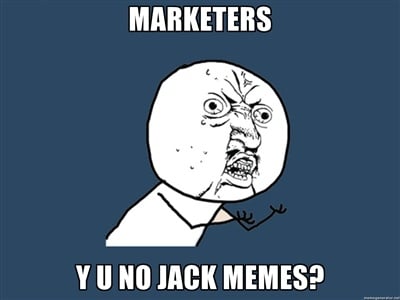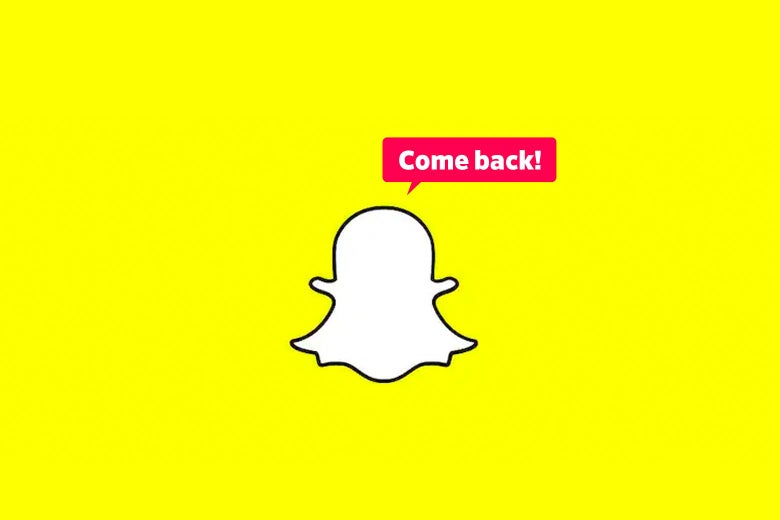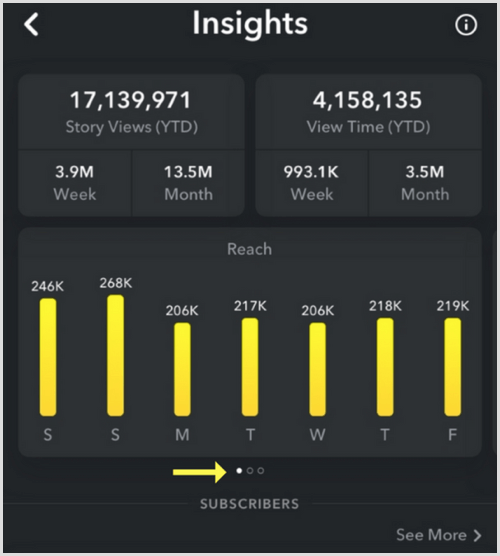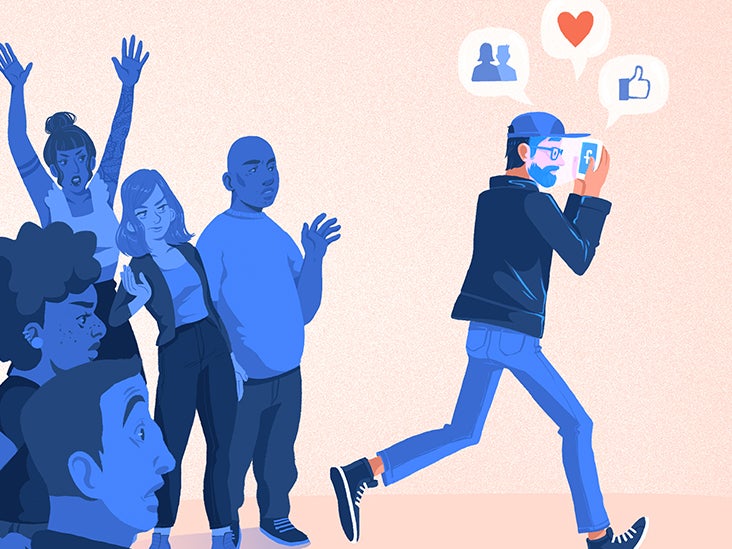
From multinationals to people selling their second-hand gear, every type of business is taking advantage of social media – and benefiting from it. So, why aren’t you? If you’ve not seen the value in running a social media campaign for your business, perhaps the points we discuss in this post will convince you to think again.
1. Grow your audience

The more people who know about your business, the more chance you have of getting new customers. Setting up social media accounts and publishing posts enables you to promote your business, for free, to a wide range of people.
While it does take time to build up a following, posting content that people will like, share and comment on is the best way to start growing an audience. When people do these things, their friends and followers will see your posts too and, in turn, they can like and share with others, enabling you to reach a much wider audience.
An important general rule when posting on social media is not to focus entirely on your products and services. Social media is about being social – so, to garner the most interest and get the most engagement, make sure you post about other things, too. You can even share engaging posts from others. Besides promoting yourself, the aim should be to increase other people’s enjoyment of social media or add value to their use of it. If you do this, more users will take note of you, follow you and like you.
2. Making new connections

Once you have begun to develop an audience of followers, you are in the position to connect with them. You can share posts inviting them to comment on your products and services, offer them deals, invite them to events and so forth.
Just as importantly, when people make comments on your posts, you should reply. This can really help you build new and potentially promising relationships that increase interest in your company, not just with those who you reply to but with others who read your comments.
3. Develop your brand

Your brand is what makes you unique. It’s not just the products you sell or the services you offer, it’s how you conduct your business, the values that underpin your operations, the quality of the products and services you provide and the image you project to the public.
Social media enables you to promote all these branding elements so that your followers begin to get a thorough understanding of the kind of company you are and why they should become customers. So, while it is important to get people familiar with your branding (logo, etc.), it is equally important to get your values across. If you believe in great service, only use organic products, make everything by hand, or sell only the coolest gear, get the message out there.
4. Grow your influence

Social media influencers, those with millions of followers, are very powerful people. A single tweet from these individuals can turn an unheard of product into new fashion or condemn a fashionable product into the annals of history.
While businesses don’t quite muster the same leverage as these mega influencers, they are able to influence their followers, their industry and their market niches. And one way businesses can achieve this is through establishing themselves as experts in their fields.
How do you do this? There are two important elements. The first is sharing your success. If you are an expert at something, people will expect you to be successful, so promoting your successes makes people believe that what you have to say is valid. At the same time, you need to share your expertise with others. Posting ‘how to’ blog posts and videos on social media is the best way to do this as your expertise is being used to help people solve problems. People who need those problems solving quickly become followers. If solving those problems sometimes involves buying your products or using your services, then even better.
If you need convincing, then ask why celebrity chefs make so much money from their own branded products and restaurants? It is because they have been sharing their cooking expertise for years on TV. Those who liked the TV recipes will presume that the food they sell in supermarkets and restaurants will be just as good and go out and buy it.
5. Send customers to your website

At the end of the day, the principal aim of social media is to generate new business and for most companies, the key place to do this is on their website. This is where you will have created the landing pages, product descriptions and calls to action to encourage the user to buy.
It is important, therefore, that you put links on your social media posts that send consumers to the relevant pages on your site. You don’t need to do this for all your posts, but for those for which it is pertinent, such as posts about products, you should.
Conclusion
Whether you are big or small, local or national, creating a social media profile and developing a posting strategy can have a positive effect on your business. It helps people know you exist, lets you build relationships, develops brand awareness, establishes you as an expert and drives new customers to your website.
















 Setting up Snapchat is easy. Just download the app from your app store (Google or Apple, etc.) and sign up for a new Snapchat account. To keep things consistent, have the same username as you do on your other social media accounts. This will help followers find you when they search across different platforms.
Setting up Snapchat is easy. Just download the app from your app store (Google or Apple, etc.) and sign up for a new Snapchat account. To keep things consistent, have the same username as you do on your other social media accounts. This will help followers find you when they search across different platforms.:max_bytes(150000):strip_icc()/snapchat-privacy-tips-4117444-1-5c508cb846e0fb00018decda.jpg) You can only share your Snaps and Stories with your friends, so it is important that you begin to add friends as soon as possible. If you already have other social media accounts, use these to get the message out that you are now posting on Snapchat. What you’ll find is that those who prefer using Snapchat will be the ones to add you.
You can only share your Snaps and Stories with your friends, so it is important that you begin to add friends as soon as possible. If you already have other social media accounts, use these to get the message out that you are now posting on Snapchat. What you’ll find is that those who prefer using Snapchat will be the ones to add you.
























